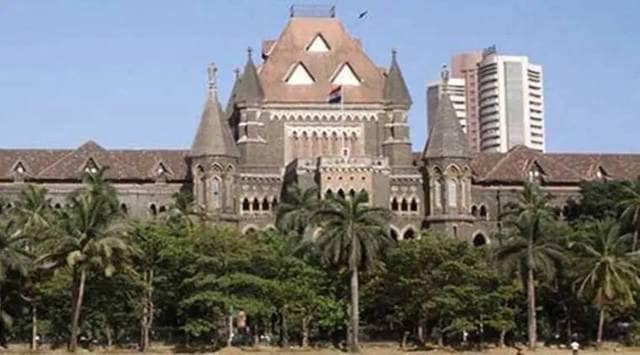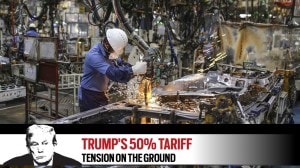Stay updated with the latest - Click here to follow us on Instagram
‘Ensure transparency in redevelopment of dilapidated buildings,’ Bombay HC says
The Bombay High Court asked the civic body to consider the suggestions made by it “seriously at the highest level to incorporate measures either as part of the Technical Advisory Committee (TAC) guidelines or as supplementary guidelines”.
 The court passed an order while dismissing a petition by the occupants of a commercial property in Suryodaya Estate, Tardeo, claiming that the buildings are not dilapidated and should not be brought down as, based on the recommendations in the structural report, they could be repaired.
The court passed an order while dismissing a petition by the occupants of a commercial property in Suryodaya Estate, Tardeo, claiming that the buildings are not dilapidated and should not be brought down as, based on the recommendations in the structural report, they could be repaired.
In a recent observation, the Bombay High Court said courts are confronted with cases of buildings declared to be dilapidated, not only posing a threat to its owners or occupants but also to others, including the passers-by, and leading to loss of lives due to collapses during the monsoon.
The court made certain recommendations to the Brihanmumbai Municipal Corporation (BMC) regarding all redevelopment projects of C-1 (dangerous, dilapidated and needing demolition) category structures/buildings to ensure transparency in resolving conflicts between interests of tenants/owners and developers about demolition of such buildings.
It asked the civic body to consider the suggestions made by it “seriously at the highest level to incorporate measures either as part of the Technical Advisory Committee (TAC) guidelines or as supplementary guidelines”.
The court passed an order while dismissing a petition by the occupants of a commercial property in Suryodaya Estate, Tardeo, claiming that the buildings are not dilapidated and should not be brought down as, based on the recommendations in the structural report, they could be repaired.
A division bench of Justice Gautam S Patel and Justice Gauri V Godse was hearing a dispute of ‘familiar kind’ through a plea filed by 24 occupants of the two buildings, nearly 100 years old, in a property owned by Rubberwala & Neo Venture, a partnership firm. The firm claimed that concerned structures are ‘utterly dilapidated’.
The BMC had last year issued a notice to the owners to carry out a structural audit of the two buildings. The owners had submitted their report based on tests conducted by their consultants and the same was in conflict with the report submitted by the petitioners.
The matter was referred to the BMC’s TAC, which considered both the reports and concluded that the buildings were dilapidated and needed to be pulled down. It classified them as C-1 category structures. Subsequently, a notice to remove the dilapidated structure was issued by the BMC.
The petitioners, through senior advocate Sharan Jagtiani, submitted that the owners’ structural report was not given to the petitioners.
The court noted that the TAC members had gone through both the reports along with the material submitted by structural experts, a report of the ward staff and observations by TAC during their site visit.
The bench said the TAC report cannot be invalidated merely because there is a rival report (of petitioners). Dismissing the plea, it added that TAC report can be depended upon as the courts do not have expertise on structural stability of the buildings and it can only review the decision making process
However, it observed, “There is also a larger issue at play. This is not only about the private rights of the owner or the competing claims made by occupants and tenants. It is difficult to see how the occupants and tenants can hope to dictate to a property owner what should or should not be done with the property in an absolute sense. Quite the reverse: the obligations of the owner are well settled in law…there is an even larger public interest involved, one with which courts are routinely confronted, and that is the possibility of danger caused to others, i.e., outsiders and passers-by and consequent disruptions.”
The bench said “the way TAC guidelines are being operated is sometimes less than transparent” and the ‘process of transparency’ is required ‘first and foremost’ to redress the concerns of the stakeholders. It cautioned that the purpose of TAC was never to give undue advantage to owners or developers over occupants or tenants but to simply ensure the structural stability of buildings in the city.
The bench then framed a set of eight recommendations or suggestions to the BMC, including disclosure of redevelopment plans for C-1 category buildings and area statements by owners to tenants, among others, on its website. It also asked the highest authorities of the BMC to consider the same within three months.







